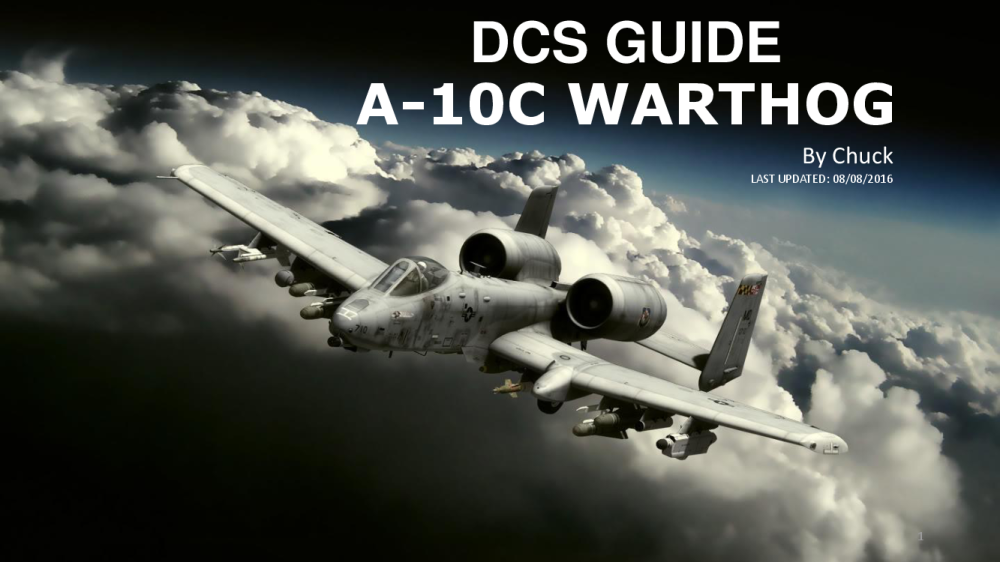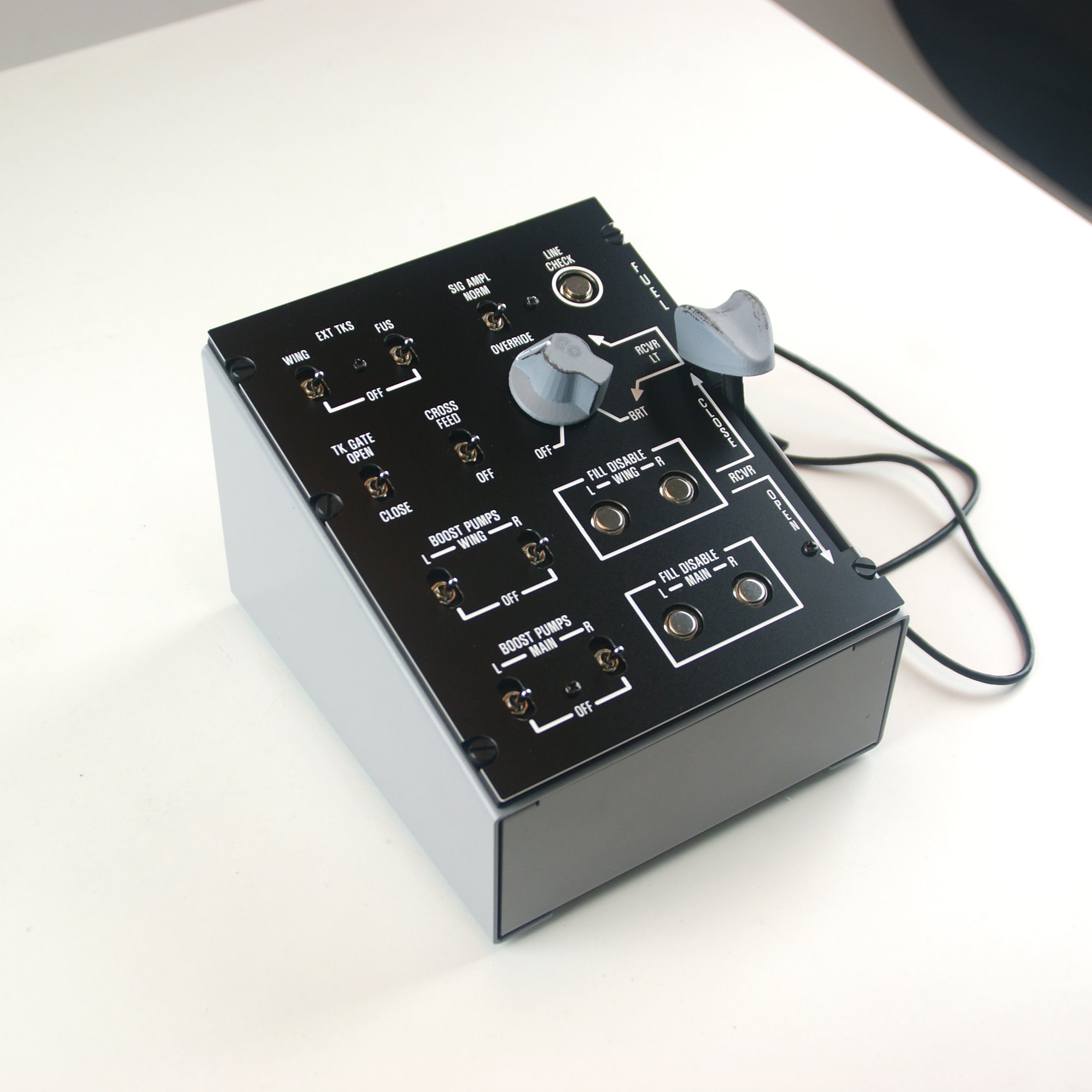

The question wether its modelled in the sim I just tried to make a hard landing with a fully loaded aircraft and my gear broke. Our 737s usually have a MTW of around 72.000kgs while MLW lies around 66.000kgs IIRC. So, the MLW of the A-10 will at least not be higher than 22.860kgs.Ī real life example. 267 Illustrated Encyclopedia of Aviation part 3), while its empty weight is 11.300kgs (note that this might not be a fixed value for every A-10C. I can't find a MLW for the A-10, but a book I have states 22.860kgs for maximun takeoff weight (pg. Maximum Landing Weight is usually based on structural limitations alone.

Maximum Takeoff Weight (as defined by the factory, so do not confuse this with performance limited weights which result in possible lower takeoff weight, due to limitations by weather conditions, runway lenght available, etc) is, among other things, based on engine performance and wingloading and of course structural limitations. Usually Maximum Takeoff Weight is higher than Maximum Landing Weight.Ĭertification regulation states that MLW may never be higher than MTW.Īs you pointed out yourself, forces on the aircraft are higher upon landing due to touchdown, which generates a momentarily increased G-loading. Same goes for military aircraft without a dumping system in a time critical situation, I presume.
A10c crossfeed plus#
In the end we rather have one broken plane and 186 passengers plus crew in one piece and living on to tell about it, than a broken plane and all dead cause you didn't want to do an overweight landing. In a time critical situation its either that or die. It's up to us then to land the aircraft as smoothly as possible to prevent as much damage as you can. Everyone in the back head on their knees and cabin crew ready to evaucate when we have come to a standstill. But what about 5000kgs overweight? You can't know for sure. So, if you land 1000kgs overweight, the aircraft will not break in half, nor will the landing gear break. Of course there is nothing about that landing you will know for sure, but you do know that on top of the MLW there is a safety margin. If you do have a time critical situation you try to burn off as much fuel as you can, but you start preparing for an emergency landing and accept that it will be overweight. If you do not have a time critical situation you burn off fuel, for example in a holding. In our training we often end up with too much fuel + payload in an emergency resulting in a weight that is higher than Maximum Landing Weight. We don't have a fuel dumping system on the 737 either. LOL Lobo, nice way to describe the 'fuel dumping system' on the A-10C.


 0 kommentar(er)
0 kommentar(er)
